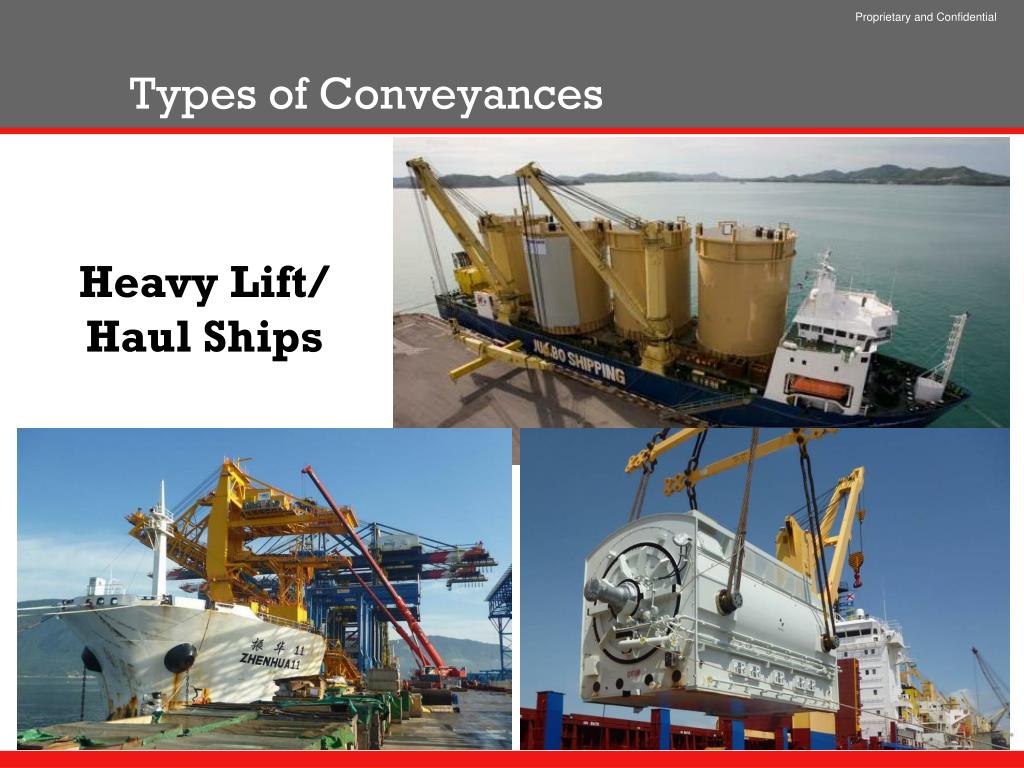
Sanitary sewers include pump stations, force mains, manholes, storage facilities, and other components. These differ from storm sewers which collect snowmelt and rainwater. Sanitary sewers (wastewater pipelines) transport wastewater from homes and businesses to a centralized treatment facility. Whenever possible, gravity (the pipes are placed on a slope so that the water flows with gravity) is used to convey the wastewater, but sometimes pumping stations are used to move the wastewater to higher elevations.

The EPA estimates approximately 500,000 miles of publicly owned sanitary sewers with a similar expanse of privately-owned sewer systems carry wastewater away from homes and businesses to be treated. Most sewers carry wastes from households and commercial establishments and are referred to as sanitary sewers. Including gravity sewers, pumping stations, force mains and other sewer conveyance methods, collection systems have brought dramatic improvements to public health. In most communities the wastewater collection system is one of the most valuable and largest infrastructure assets. Collection Systems are the system of underground pipes and maintenance structures used to convey wastewater to a Water Resource Recovery Facility (WRRF).


 0 kommentar(er)
0 kommentar(er)
